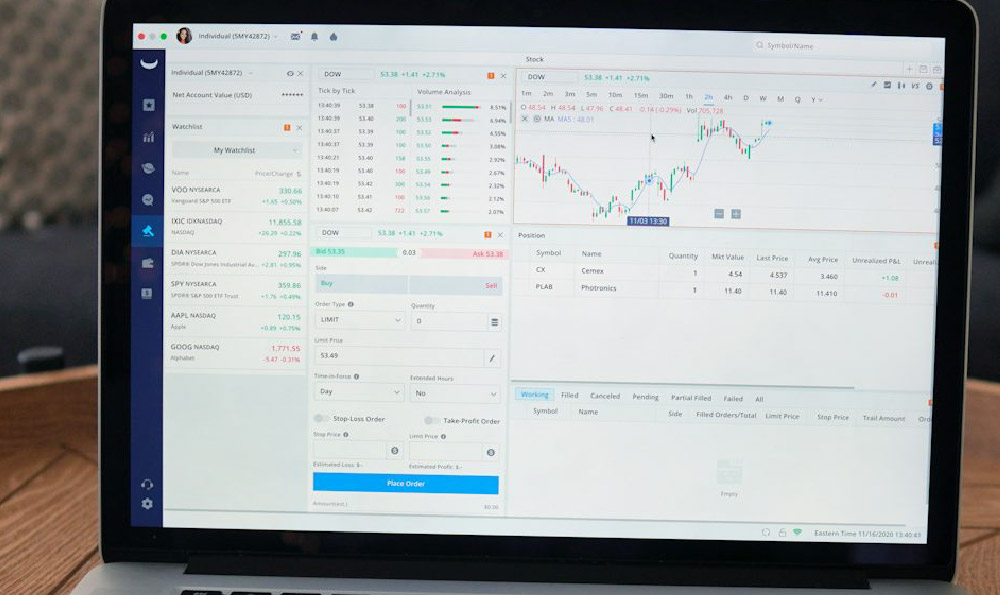Instagram Followers Needed to Earn Money Online
Instagram has become one of the most powerful platforms for individuals to monetize their online presence, but the question of how many followers are necessary to generate income remains a common concern. The reality is that while follower count can serve as a metric for visibility, its significance is often overshadowed by factors such as audience quality, engagement rates, and the effectiveness of content strategy. A social media account with 100,000 followers might not yield the same results as one with 50,000 followers who are highly active, loyal, and well-aligned with the creator's niche. This distinction underscores the importance of understanding the dynamics of follower acquisition and how it intersects with financial opportunities. Whether one is aiming to sell products, collaborate with brands, or offer services, the path to profitability on Instagram is not strictly dependent on reaching a particular number of followers but rather on cultivating a community that resonates with the creator’s value proposition. However, for those new to the platform, the pursuit of a substantial follower base often feels like a prerequisite for earning money, creating a self-perpetuating cycle where increased visibility is seen as the sole gateway to monetization. This misconception can lead to the temptation of shortcuts, such as purchasing followers or using bots, which may compromise the authenticity of the audience and ultimately hinder sustainable growth. Instead of fixating on numeric goals, a more effective approach involves establishing a clear purpose, refining content to meet the needs of the target demographic, and leveraging the platform's tools to amplify reach. The landscape of Instagram monetization has also evolved with the introduction of features like Instagram Shopping, Creator Portal, and in-app purchasing options, which allow creators to generate revenue without relying solely on follower numbers. For example, micro-influencers with smaller but highly engaged audiences often command higher rates for brand partnerships than larger accounts with lower engagement. This shift highlights the growing recognition that the quality of followers—measured by their interaction, trust, and alignment with the creator’s values—is a more potent driver of earnings than sheer quantity. Additionally, the rise of Instagram Reels and the algorithm's emphasis on user engagement has transformed how content is discovered, making it possible for accounts with niche audiences to attract significant attention and monetization opportunities. The process of building a following is inherently tied to content creation, and the success of this endeavor depends on a combination of factors, including consistency, adaptability, and audience retention. A creator who posts high-quality, relevant content regularly is more likely to develop a loyal following over time. However, the relationship between follower count and income is not linear; it involves a delicate balance between visibility and audience demand. For instance, an account with 500,000 followers might struggle to secure advertising deals if the audience is not highly engaged, whereas a smaller account with a dedicated fanbase could achieve the same or even better results. This variability means that the number of followers required to earn money is context-dependent, influenced by the creator’s niche, the type of content produced, and the monetization strategies employed. The monetization potential also varies based on the creator’s ability to convert followers into customers or collaborators. Whether through sponsored posts, affiliate marketing, or direct sales, the key lies in targeting the right audience and offering value that aligns with their interests. Furthermore, the financial benefits of Instagram are not limited to the number of followers but also depend on the creator’s ability to monetize their presence effectively. For example, an influencer with a highly engaged audience in a niche market like fitness or fashion may generate significant income through collaborations, while a general audience might have limited monetization opportunities. This differentiation emphasizes the importance of strategic planning in figuring out which follower demographic is most valuable for the creator’s financial goals. In today’s digital economy, Instagram has emerged as a key player in the intersection of social media and financial opportunity, offering a range of avenues for monetization. For instance, the platform allows creators to sell products directly through their accounts, collaborate with brands for sponsored content, and generate income through Instagram Shopping and the Creator Portal. These revenue streams are not restricted to accounts with a large number of followers, demonstrating that the financial potential of Instagram is multifaceted. However, the challenge for many creators lies in strategically building authority and implementing effective monetization strategies. Whether through content that consistently delivers value, leveraging Instagram's features to enhance visibility, or developing a loyal audience that is willing to engage with and support the creator, the path to monetization requires a combination of persistence, innovation, and understanding of the platform's ecosystem. The saturation of the Instagram market underscores the importance of differentiation; creators must find a unique angle or niche that sets their content apart from the crowd. This includes identifying a specific audience segment, offering specialized content, and maintaining a consistent brand voice. Additionally, the financial success on Instagram is often contingent on the creator's ability to manage their online presence effectively, including optimizing content, engaging with followers, and utilizing analytics to refine their strategy. The financial potential of Instagram is further enhanced by the increasing number of brands and businesses willing to invest in social media marketing. For instance, companies often seek collaborations with creators who have a strong and engaged audience, recognizing that these individuals can effectively influence consumer behavior. This demand creates opportunities for monetization that are not limited to follower count but are instead tied to the creator's ability to deliver value and build trust. In conclusion, while the pursuit of a large follower count can be a motivating factor for many, the financial success on Instagram is more closely linked to audience quality, engagement, and strategic monetization. The journey to monetizing an Instagram account involves a balance between building authority, optimizing content, and ensuring that the marketing efforts are aligned with the creator’s financial goals. As the digital marketing landscape continues to evolve, the importance of understanding these dynamics becomes increasingly critical for creators seeking to leverage Instagram as a tool for financial growth. Whether through collaborations, ads, or direct sales, the key to profitability lies not in the number of followers but in the ability to create value, engage authentically, and strategically navigate the platform's ecosystem.
















